Caspar David Friedrich (1774-1840)
Get a Friedrich Certificate of Authenticity for your painting (COA) for your Friedrich drawing.
For all your Friedrich artworks you need a Certificate of Authenticity (COA) in order to sell, to insure or to donate for a tax deduction.
Getting a Friedrich Certificate of Authenticity (COA) is easy. Just send us photos and dimensions and tell us what you know about the origin or history of your Friedrich painting or drawing.
If you want to sell your Friedrich painting or drawing use our selling services. We offer Friedrich selling help, selling advice, private treaty sales and full brokerage.
We have been authenticating Friedrich and issuing certificates of authenticity since 2002. We are recognized Friedrich experts and Friedrich certified appraisers. We issue COAs and appraisals for all Friedrich artworks.
Our Friedrich paintings and drawings authentications are accepted and respected worldwide.
Each COA is backed by in-depth research and analysis authentication reports.
The Friedrich certificates of authenticity we issue are based on solid, reliable and fully referenced art investigations, authentication research, analytical work and forensic studies.
We are available to examine your Friedrich painting or drawing anywhere in the world.
You will generally receive your certificates of authenticity and authentication report within two weeks. Some complicated cases with difficult to research Friedrich paintings or drawings take longer.
Our clients include Friedrich collectors, investors, tax authorities, insurance adjusters, appraisers, valuers, auctioneers, Federal agencies and many law firms.
We perform Caspar David Friedrich art authentication, appraisal, certificates of authenticity (COA), analysis, research, scientific tests , full art authentications. We will help you sell your Caspar David Friedrich or we will sell it for you.

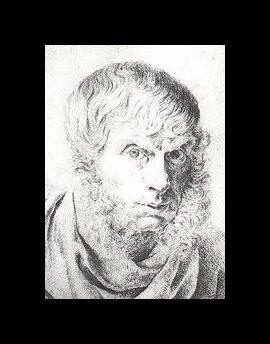
Caspar David Friedrich was a master of ethereal, symbolic landscapes. Moon-dappled valleys, enchanted forests and desolate winter nights were some of his trademarks; created in a style all his own that would later be emulated by others for years to come.
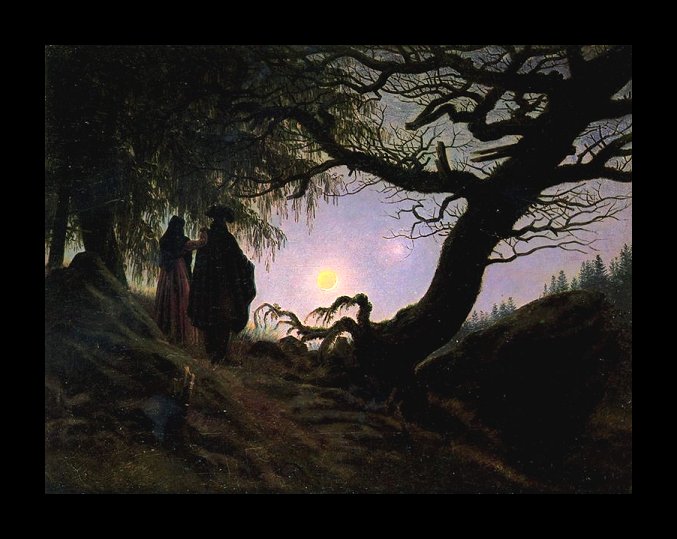
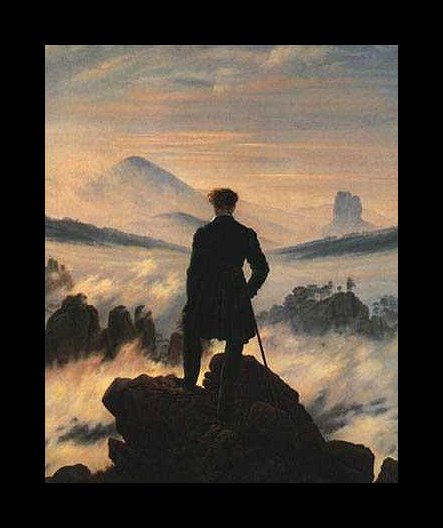
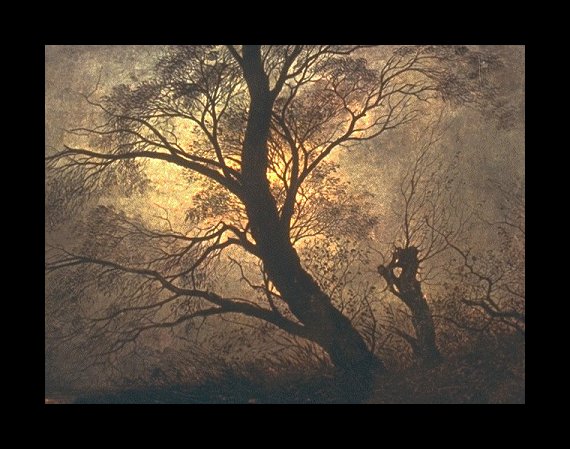
Born in Griefswald, Germany (then a Swedish territory), Friedrich studied at the Academy in Copenhagen. He would eventually settle in Dresden and paint for most of his life in Germany. The Black Forest and other wooded areas in Germany would become his studio, and he rarely traveled elsewhere to paint.

Religious mysticism was also a theme in many of his landscapes. Whether frightening and stormy or somber, Friedrich’s religious paintings were more about symbolism than composition. In many of his landscape paintings, crucifixes are an integral part of the landscape, with mountains in the background symbolizing unmoving faith or evergreen trees symbolizing everlasting life or hope.

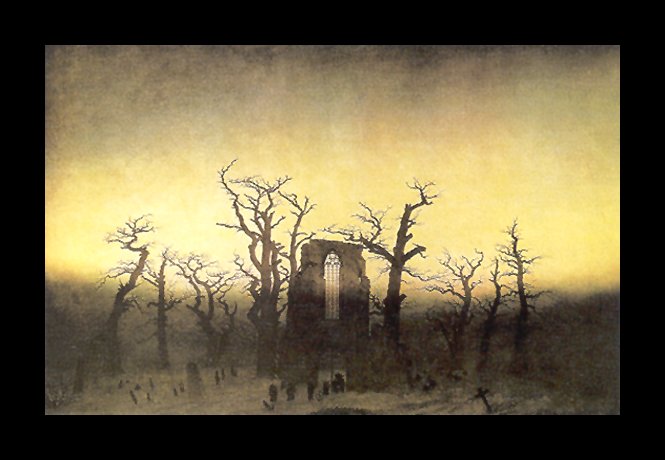
It is speculated that Friedrich’s religious influence was due to witnessing his brother’s death by drowning while ice skating on the frozen Baltic Sea. Friedrich also lost his mother and two sisters before his 18th birthday, which certainly added to his already tumultuous childhood.
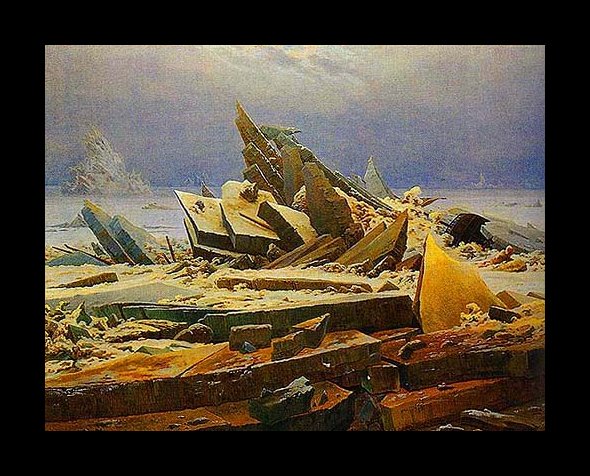
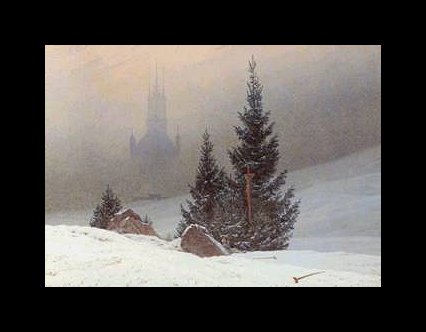
Though Friedrich painted in a somewhat Realist style, his art is considered anti-Classical. His use of light (including moonlight) was a pre-cursor for future Impressionist landscape painters. His motifs were almost fairytale-like, and his love for gothic and medieval themes was often fueled by friend and author Goethe. Friedrich’s own life was at times shrouded in mystery, as he was described by others as having a mystical quality, and led an almost monk-like lifestyle. His quarters would be minimal and he led a very solitary life, but eventually married and had children just the same.

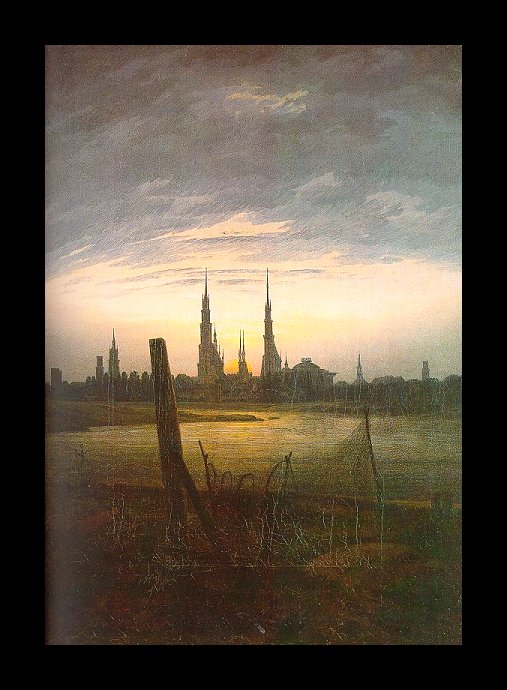
While Friedrich was finding success as a painter in Germany, his work was not widely known throughout Europe until it was plundered by Napoleon’s army. Many of his paintings were stolen from estates and private collections and taken back to the Louvre, and it was then that Northern Europe began to truly take notice of the artist. Who knows how many of his paintings didn’t make it to the Louvre, but to a private home or bartered off instead. Friedrich was not a supporter of Napoleon, and it is said that his paintings represented German patriotism in the time of the Napoleonic wars. Friedrich’s work would again be used later on as German patriotism, but unfortunately by Adolph Hitler, and some of his work was hailed as showing Aryan ideals and was used as Nazi propaganda.

Sadly, at the time of Friedrich’s death he was still a relatively unknown painter. Today his work is housed all over Europe, serving as a reminder of nature and mystery in post-medieval Germany.
Reviews
1,217 global ratings
5 Star
4 Star
3 Star
2 Star
1 Star
Your evaluation is very important to us. Thank you.
